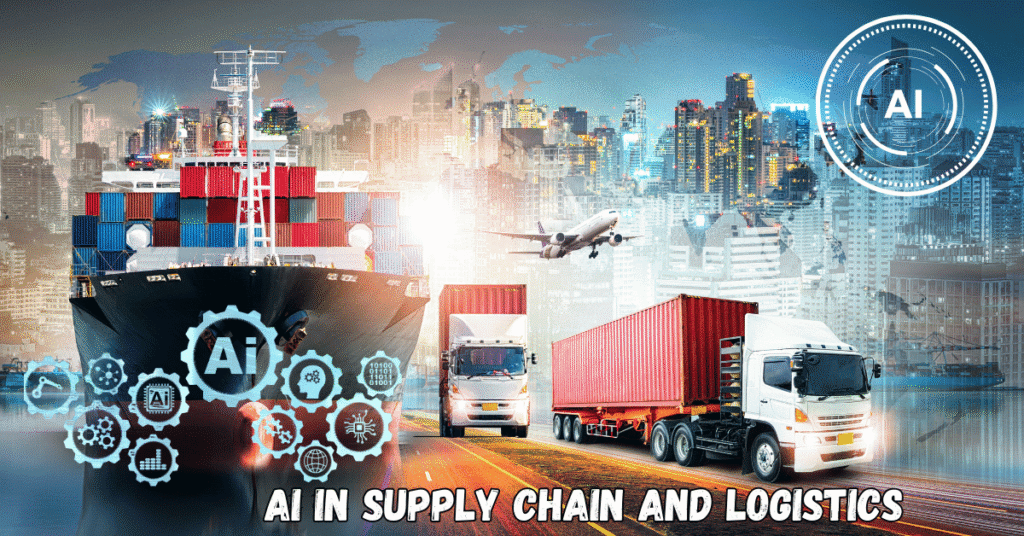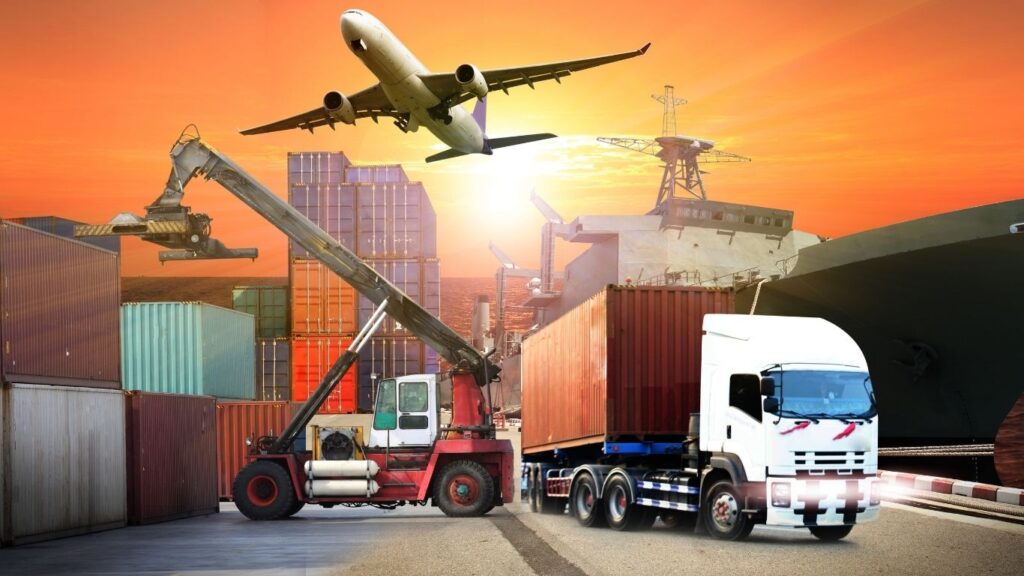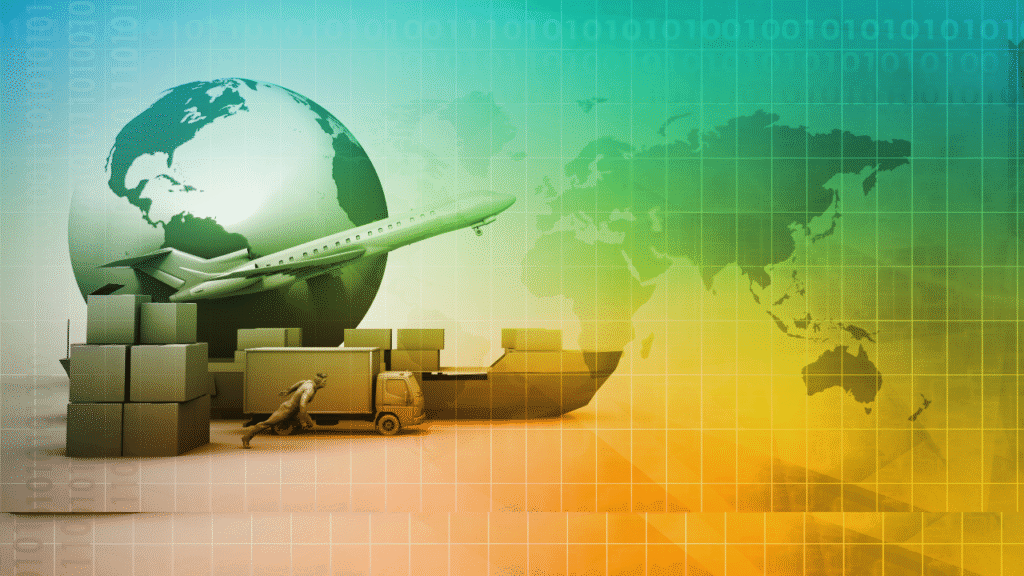Introduction
Artificial Intelligence is rapidly transforming technology at a speedy rate, thus affecting every industry without exception, supply chains being arguably one of the biggest winners among these. Previously, every aspect of operations relied on a manual process enforced by human decisions, whereas today, the modern logistics industry depends on the use of artificial intelligence to streamline its operations.
Using artificial intelligence, modern-day logistics improves its cost reductions, efficiency enhancement, accuracy increases, and trend predictions. Explore the impact of AI in Supply Chain and Logistics, enhancing efficiency, reducing costs, and driving innovation in the industry.
Indeed, artificial intelligence and future supply chains will no longer be an indulgence of today’s businesses. AI has transformed into a necessary commodity in the business environments of this increasingly data-driven world and globalized life.
The future benefits AI brings to supply chains, the different applications of it, future trends, challenges, and how businesses can wisely and strategically introduce AI into their supply chains to build strong, flexible systems for the purpose of logistics will be discussed in this document.
1. What is AI in Supply Chain and Logistics?
The capacity of machines or software to simulate and outdo human intelligence in performing tasks and in learning new skills over time is what artificial intelligence is. Supply chains, on the other hand, have made heavy investments in artificial intelligence and big data for automating their decision-making processes, providing better visibility from demand forecasting to real-time risk management in the logistics sector.
2. Key Benefits of AI in Supply Chain Management
So here are the general advantages attributed to AI for the supply chain:
- Operational Efficiency Achieved: Processes that consume a lot of time are automated, and speed and accuracy have changed.
- Cost Reduction: Predictive analysis is used to minimize overstocking, understocking, and wasteful transport costs.
- Real-time Visibility: Visibility is granted through all stages of supply chain operations by AI.
- Data-driven Decision Making: AI converts the data into actionable insights to create better strategy plans.
- RISK MITIGATION: It can find early signals of the disruption in the supply chain and recommend different ways to mitigate them.
3. Real-Time Applications of AI in Logistics:
In a broader context, these are some areas of AI usage in logistics:
- Automation of warehouses
- Smart routing
- Chatbox
- Tracking stuff and ETA
- Supply Chain Digital Twins
4. Role of Machine Learning and Predictive Analytics
ML is a subfield of AI that, through its various technologies, allows a system to learn on its own from data without being programmed explicitly. Logistics applications from advanced machine learning systems may include:
- Demand forecasting through machine learning
- Dynamic pricing
- Anomaly detection
- Customer behavior prediction
Predictive analytics is an analysis technique to anticipate future events on the basis of what happened before-making it easier for businesses to prepare themselves.
5. AI-Powered Automation and Robotics in Warehousing
AI and robotics are transforming warehouse operations in the following ways:
- Autonomous Mobile Robots (AMRs)-Picking, sorting, and transporting goods.
- Via computer vision, robots can acquire and manipulate items accurately.
- Inventory tracking robots, equipped with sensors that monitor the inventory in real-time.
- Two companies that utilize robotics in managing warehouse operations are Amazon and Alibaba.
6. Last-Mile Delivery and Route Optimization
Last mile often turns out to be a very harmful and very expensive link in the logistics chain, and AI optimizes this part by:
- Route optimization algorithms
- Traffic prediction
- Real-time GPS tracking
- Deliveries by drones
AI changes this by minimizing fuel costs during delivery, improving accuracy in deliveries, and giving timely updates to customers regarding their deliveries.
7. AI in Inventory Management:
Uses of AI in inventory management:
- Reduction of stockouts and overstocks
- Real-time tracking of inventory levels
- Automatic reordering
- Demand-based classification of products
AI tools are also integrated into ERP systems to synchronize inventory control with demand planning.
8. Demand Forecasting with AI
Demand forecasting plays a big role in curtailing waste and satisfying customer expectations. Forecasting becomes better through AI by:
- Analyzing sales trends, market signals, as well as consumer behavior
- Drawing supplementary external data, such as weather or economic indicators
- Learning from past peculiarities to reduce forecast errors
- Companies adopting AI for demand forecasting invariably experience improved customer satisfaction and lowered holding costs.
9. Implementation Challenges of AI in Supply Chains
Apart from its advantages, implementing AI boasts specific disadvantages:
- Very high initial costs
- Insufficiently skilled workforce
- Data quality and integration issues
- Cybersecurity concerns
- Change resistance
The successful addressing of these issues requires a clear strategy for planning, employee training, and strong data governance.
10. Case Studies Using AI in Logistics
1. DHL
DHL deploys AI in predictive analytics, route optimization, and warehouse robotics. Its Resilience360 platform gives insight into real-time risk monitoring.
2. UPS
UPS’s ORION (On-Road Integrated Optimization and Navigation) uses an AI-enabled delivery route optimization system, which saves millions of dollars in fuel and labor.
3. Amazon
Amazon employs the use of AI in warehouse automation, voice-activated inventory tracking using Alexa, and delivery drones.
4. Maersk
Cargo space optimization, automating customs documentation, and demand forecasting are other areas where the global shipping giant is leveraging AI.
11. The Future of AI in Supply Chains
As AI develops, some of the future innovations include:
- An autonomous vehicle for transporting freight,
- AI-controlled supply chain control towers,
- Blockchain-AI hybrids provide secure and transparent transactions,
12. Integrating AI with your supply chain strategy
Blockchain-AI hybrids are capable of being deployed for security and transaction transparency.
Now let’s get on to attaching AI to a supply chain strategy:
The plan under here entails:
- Assessment
- Analysis of current pain areas and goal definition.
- Assessment of AI readiness (data architecture, human workforce).
Pilot Projects
- Small implementation/pilot for AI-first application (e.g., inventory forecasting).
- Monitor KPIs, including cost savings and time reductions.
Data and information strategy
- Acquire high-quality cross-linked integrated data acquisition.
- Deploy cloud platforms to scale solutions.
Training and Change Management
- Upskill employees managing AI tools.
- To create a further innovative and adaptable culture.
Vendor selection
- Going with persistent AI vendors or in-house build.
Conclusion
AI adoption into the supply chain and logistics today is lively, not futuristic. Logistics is predicting demand and even using drones to deliver goods from and through every one of its aspects, essentially changing everything in between.
This future investment technology will bring flexibility, efficiency, and customer satisfaction. Now, keeping an eye on the future with AI becomes not just smart, but essential as the world’s markets continue to change.



